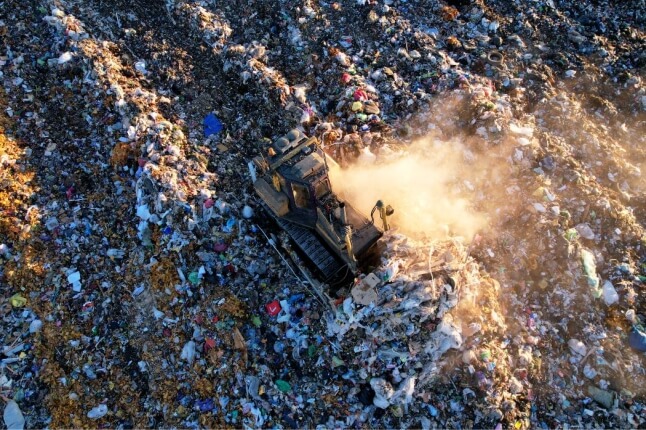News
China is "succeeding at some of the big but simpler problems and really just getting started on more complicated secondary pollutant problems," said Chris Nielsen. (Photo courtesy of Flickr user Andy Enero.)
Research by Chris Nielsen, Executive Director of the Harvard China Project, and colleagues at Nanjing University and Jiangsu Provincial Academy of Environmental Science in China was cited in a Wall Street Journal article titled "China Clean Air Bid Faces Resistance" (January 22, 2013).
The research, published in the journal Atmospheric Chemistry and Physics, examined the effect of China's national policies on the emissions of carbon dioxide and atmospheric pollutants from anthropogenic sources over the period 2005 to 2010.
The following is an excerpt from the Wall Street Journal article, by Brian Spegele and Wayne Ma, which is available in its entirety here.
Growing evidence suggests China's programs to cut emissions from coal-fired power plants—traditionally a major source of its massive pollution problems—have had some success. But that is being partly undermined by rapidly rising industrial output, such as coal-fueled steel production, and lagging fuel standards for China's ballooning numbers of cars and trucks. In addition, analysts say emission goals that target specific pollutants aren't enough to stem wider air-quality problems.
"The potential of reduction for power plants is small," said Zhao Yu, who researches atmospheric pollutants at Nanjing University. If the government doesn't now pay attention to industrial and other sources of pollution, "overall emissions will continue to grow."
Finding and tamping down pollution sources has become an imperative for China's new leaders, who have acknowledged they must appease an increasingly pollution-conscious public without undermining economic growth. The problem drew national headlines earlier this month when Beijing's levels of PM 2.5—tiny particulate matter harmful to human health—exceeded by more than 70 times what the U.S. considers a standard for health.
…
Though attention over the years has focused on power plants and passenger-car emissions, China's pollution problems are complex and spread broadly across the economy. Mr. Zhao, of Nanjing University, and a research team studied the effectiveness of Chinese government policies in curbing emissions between 2005 and 2010 and estimated PM2.5 from coal-fired power generation fell roughly 21% as cleaner technologies took hold. Meanwhile, PM2.5 emissions from iron and steel production rose roughly 39% to 2.2 million metric tons, according to the estimates, as output increased.
China is particularly struggling to curb what are known as secondary pollutants, formed when primary pollutants—such as emitted sulfur dioxide and nitrogen oxides, from coal burning and other sources—undergo reactions in the atmosphere. The government has had some success targeting primary pollutants, but analysts say it is just beginning to target secondary pollutant problems, including particulate matter that is harmful to human health.
"They're succeeding at some of the big but simpler problems and really just getting started on more complicated secondary pollutant problems," said Chris Nielsen, another researcher on the project and executive director of Harvard's China Project, which focuses on the atmospheric environment.
To read the entire article in the Wall Street Journal, click here.
Topics: Environment, Climate
Cutting-edge science delivered direct to your inbox.
Join the Harvard SEAS mailing list.
Scientist Profiles
Chris P. Nielsen
Executive Director, China Project, Harvard SEAS



